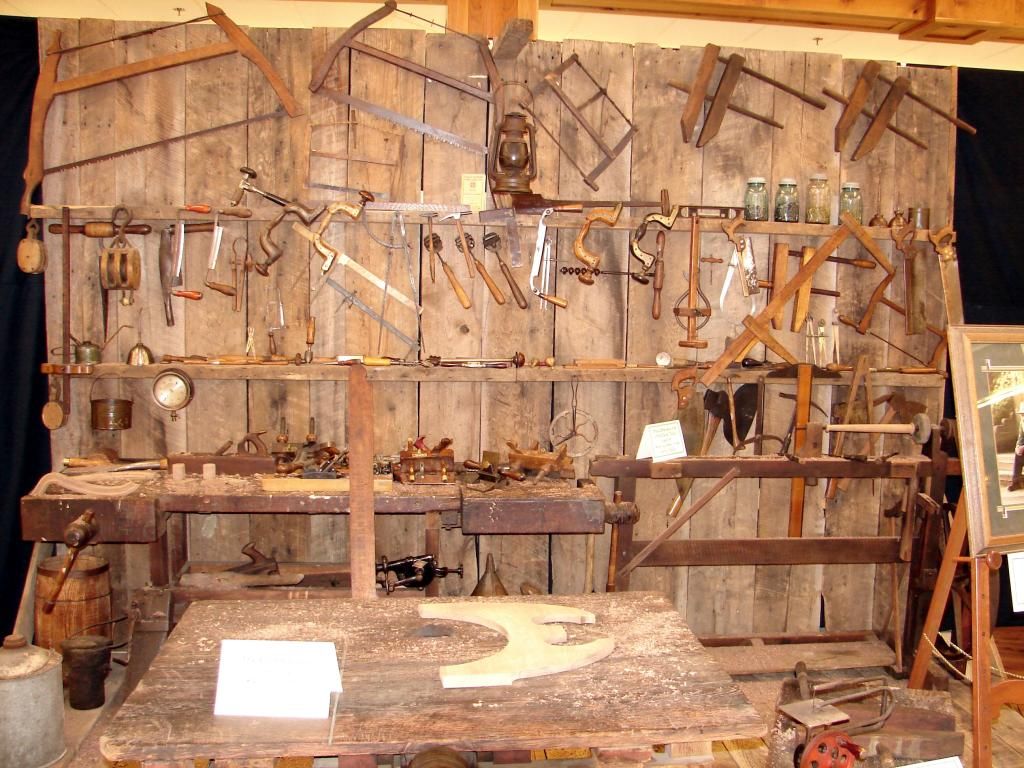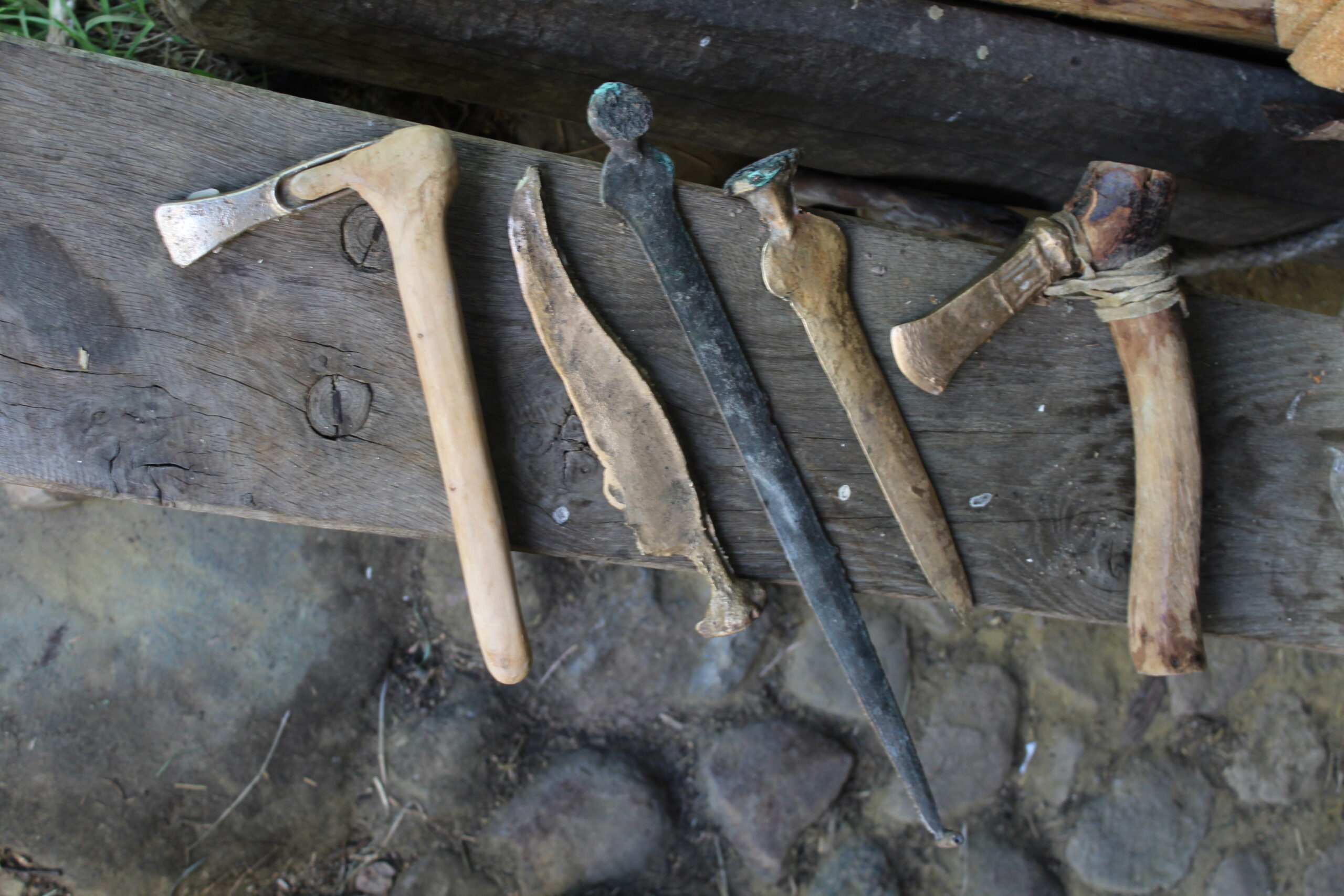Historic Amish Tools and Crafts on Display
Amish craftsmanship represents centuries of skill, practicality, and creativity. Museums across the United States showcase these historic tools and crafts, offering visitors a window into a culture that values simplicity, work ethic, and faith. By exploring these artifacts, guests can understand how everyday objects reflect Amish ingenuity and communal life. From woodworking tools to hand-sewn quilts, each item tells a story about resourcefulness, tradition, and perseverance.
Exploring Amish Workshops and Artisans
Woodworking Tools
Amish communities have long been renowned for their woodworking skills. Museums often display tools such as hand planes, chisels, saws, and carving knives. Visitors can see how early settlers built furniture, barns, and household items with precision and care, relying on techniques passed down through generations.
Interactive exhibits sometimes allow guests to try their hand at basic woodworking tasks. Even brief hands-on experiences reveal the patience and skill required to create functional and artistic pieces.
Quilts and Sewing Crafts
Quilting remains one of the most visible Amish arts. Museum exhibits display colorful, patterned quilts that illustrate both aesthetic and practical purposes. Each quilt shows creativity and attention to detail while also reflecting community collaboration, as many were made in group settings.
Visitors often see sewing tools, such as hand needles, thread, and spinning wheels, alongside quilts. These displays highlight how Amish women maintained both beauty and function in everyday life through meticulous craftsmanship.

Farm Tools and Implements
Traditional Agriculture
Many museums feature historic farming tools that demonstrate how Amish families cultivated land using minimal technology. Horse-drawn plows, seeders, and hay forks show the resourcefulness required to sustain self-sufficient farms.
Guided tours often include explanations of how tools were adapted over time and how collective labor, such as barn raisings and planting days, reinforced community bonds. Observing these implements in context helps visitors understand the connection between tools, labor, and Amish values.
Blacksmithing and Metalwork
Some exhibits showcase blacksmithing tools used to create farm hardware, household items, and buggy parts. Visitors can see anvils, hammers, tongs, and other implements, along with finished products. Demonstrations sometimes allow guests to witness metal-shaping techniques, highlighting the craftsmanship and precision needed to produce durable, functional items.
Preserving and Displaying Crafts
Historical Context
Museums contextualize tools and crafts within Amish history, showing how artifacts evolved alongside migration, settlement, and cultural preservation. Each exhibit often includes written descriptions, photographs, and oral histories that connect objects to daily life and traditions.
Hands-On Learning Opportunities
Certain museums provide workshops where visitors can try quilting stitches, woodworking cuts, or blacksmithing techniques. These interactive experiences reinforce the understanding of skill, time investment, and cultural significance behind each craft.
Community and Heritage
Displaying tools and crafts honors the communal nature of Amish life. Many objects were created collaboratively or shared among families. By exploring these artifacts, visitors appreciate how cooperation, faith, and practicality shaped every aspect of Amish living.
Museums to Visit
Behalt—Amish & Mennonite Heritage Center, Ohio
This museum features extensive exhibits on Amish and Mennonite craftsmanship, including woodworking and quilting tools. The mural and hands-on displays provide historical context and visual storytelling that bring the artifacts to life.
Amish Farm and House, Lancaster, Pennsylvania
Visitors can explore authentic tools used in homes, barns, and fields, as well as participate in workshops that demonstrate sewing, woodworking, and other traditional crafts.
Shipshewana, Indiana
The cultural centers in Shipshewana showcase artisan workshops and live demonstrations. Guests can observe or engage with craftspeople creating furniture, quilts, and metalwork, connecting historical artifacts with living traditions.
Tips for Visiting
-
Take time to observe: Each tool and craft tells a story about faith, community, and skill.
-
Participate where possible: Hands-on workshops enhance understanding and appreciation.
-
Ask questions: Guides and demonstrators often provide deeper insight into historical and cultural significance.
-
Respect cultural norms: Follow photography guidelines and exhibit rules.
Conclusion
Historic Amish tools and crafts offer a fascinating lens into a community that balances simplicity, faith, and ingenuity. Museums displaying these artifacts provide more than just visual experiences—they educate visitors about skill, patience, and tradition.
From woodworking benches and blacksmith tools to quilts and sewing implements, each item illustrates the creativity and practicality embedded in Amish daily life. By observing, participating, and learning about these crafts, visitors gain a deeper appreciation for a culture that values heritage, hard work, and community collaboration.
Exploring these exhibits allows guests to witness how faith and tradition shape not only objects but the way of life behind them, making every visit both educational and inspiring.



